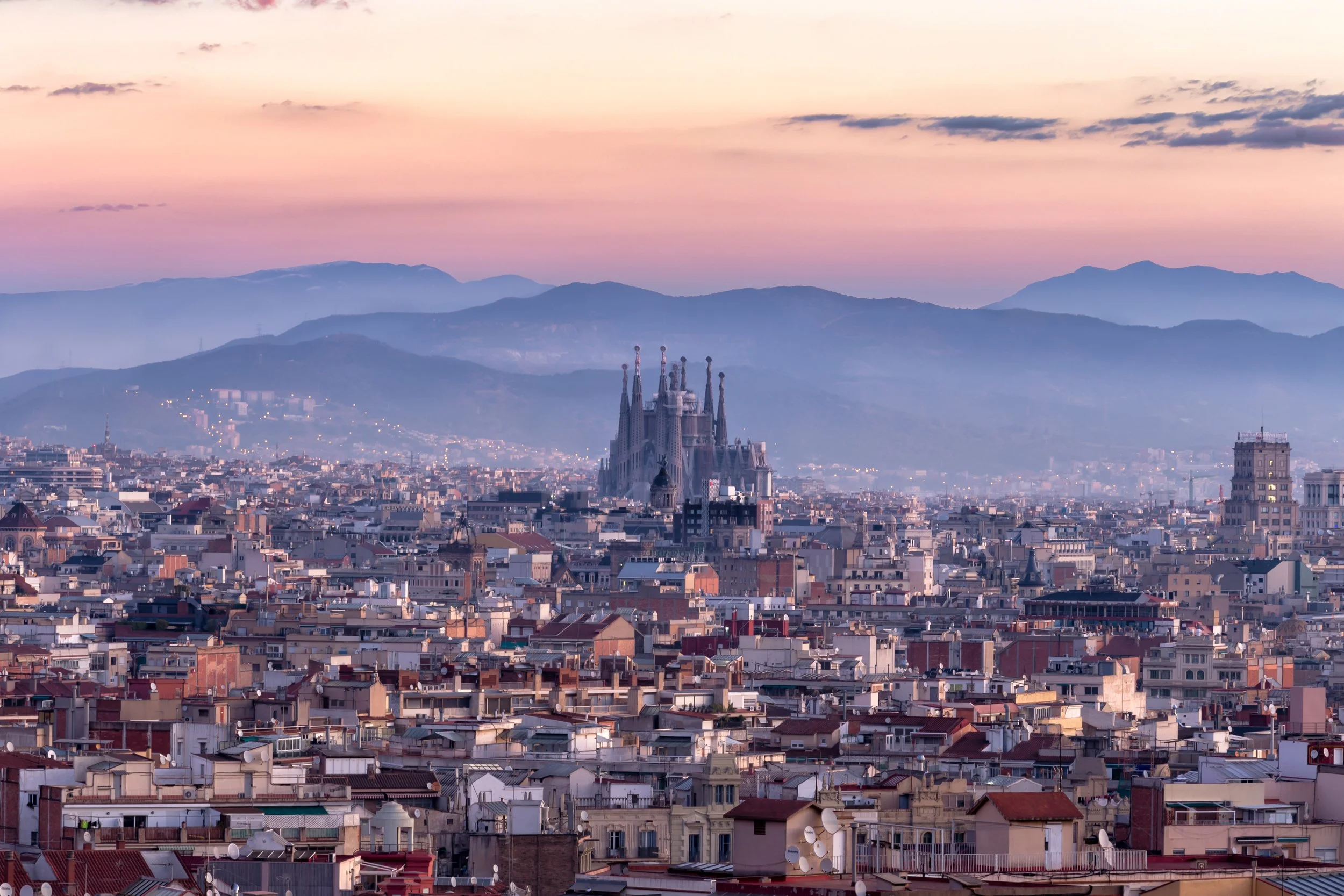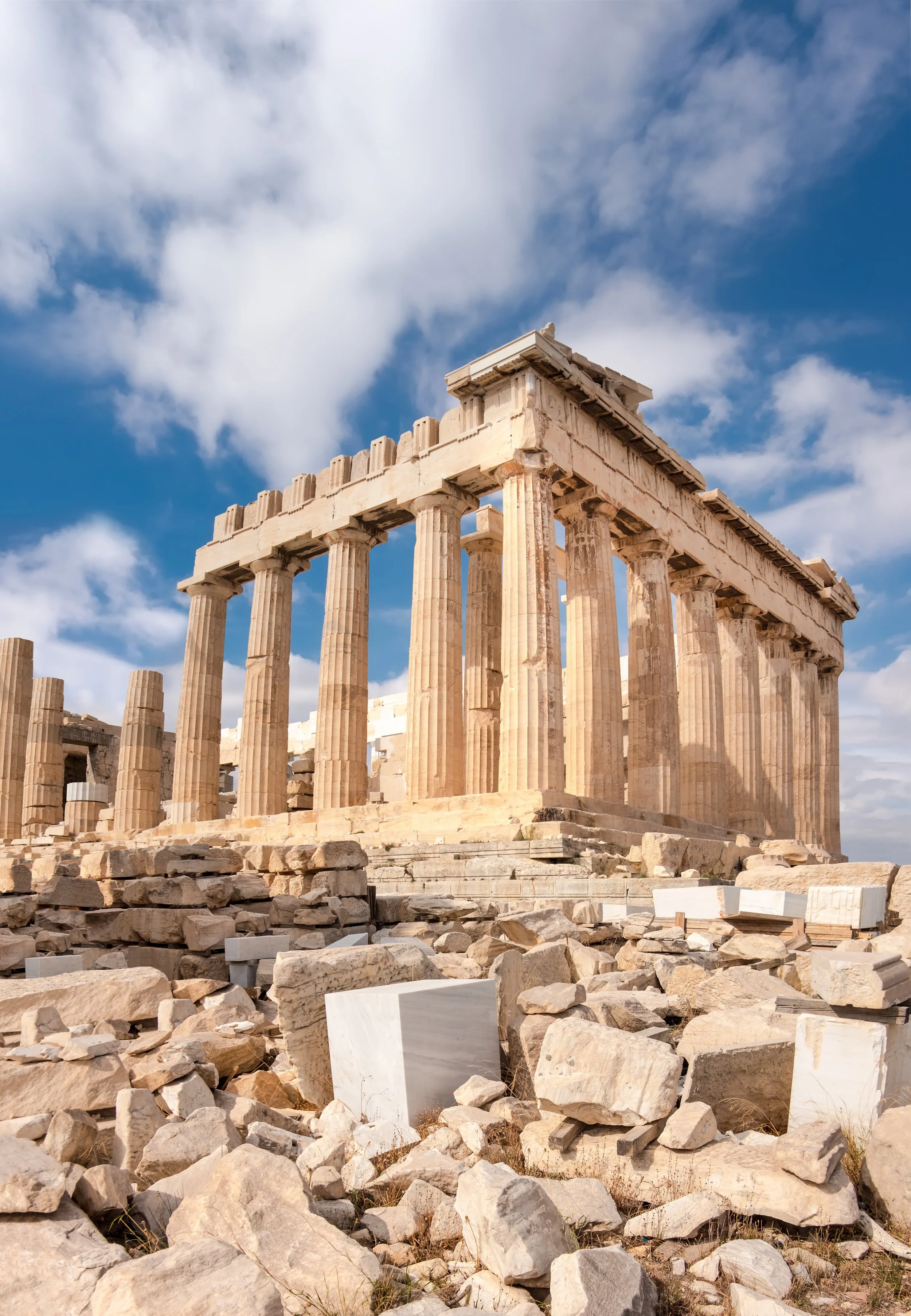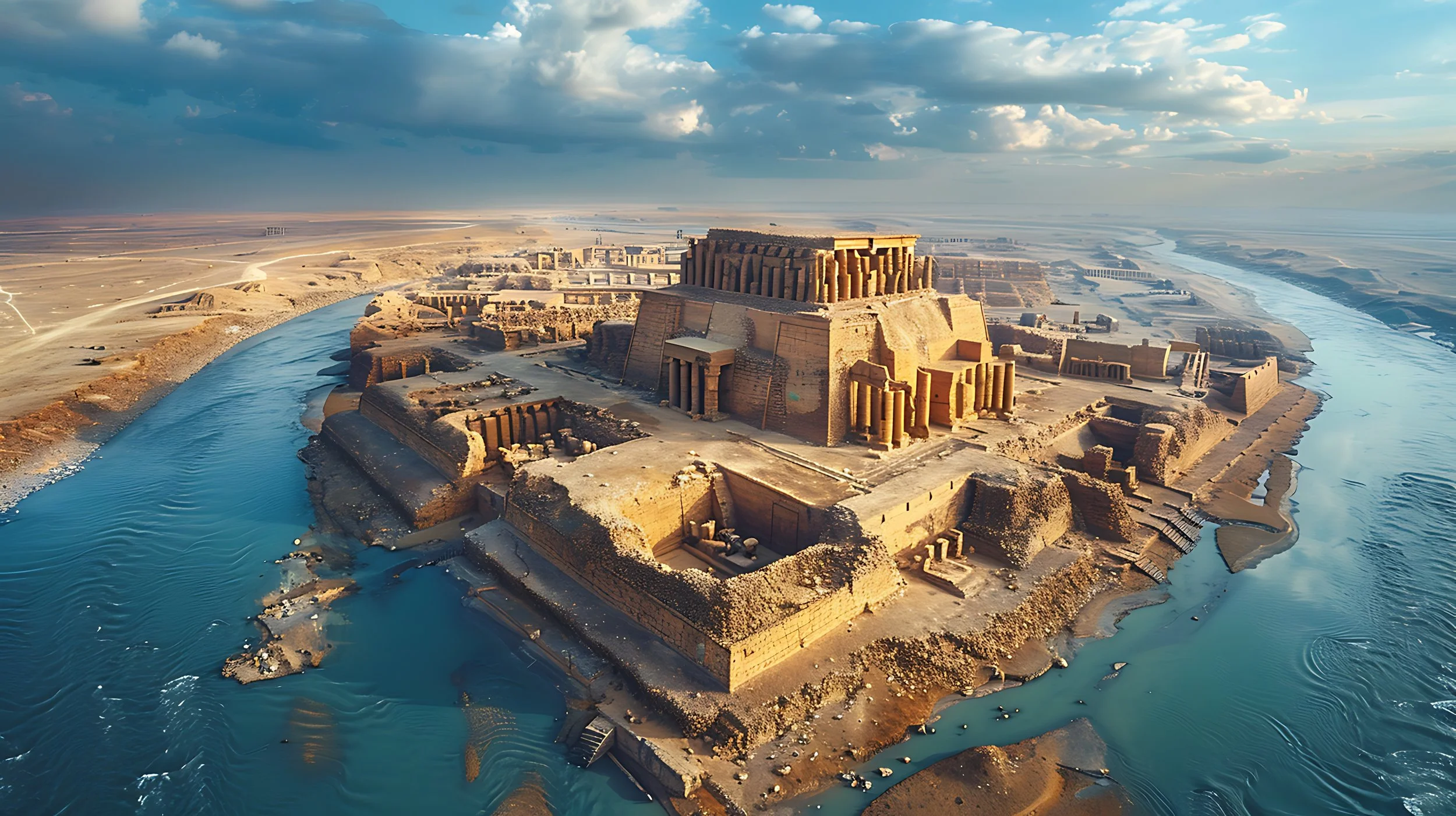Southern California's Architectural Gems: The Case Study Houses

In 1945 the Case Study House program was initiated by Arts and Architecture magazine and its editor John Entenza in America following the close of WWII. Entenza marketed the program to be a series of experiments in American residential architecture with the goal of creating unapologetically modernist and reductive prototypes for the post war American house. Entenza’s vision for the program was to create models which demonstrated to the public that low cost housing in the modern aesthetic was a real possibility. He would enable architects to design and build economical modern houses for actual clients using donated industrial materials which would “be conceived within the spirit of our times, using as far as is practicable, many war born techniques and materials best suited to the expression of mans life in the modern world.”
He understood that there was going to be a post war housing and building boom following the war years and by implementing and publicizing the program he would be able to inject the modern aesthetic into housing industry. The program ran from 1945 to 1966 and included architects such as Richard Neutra, Raphael Soriano, Craig Ellwood, Charles and Ray Eames, Pierre Koenig, Eero Saarinen, A. Quincy Jones, Edward Killingsworth and Ralph Rapson. It is important to know that the Case Study House program was not the beginning of the mid century modern movement in Los Angeles nor did the program represent all of the key players in the architecture scene. Key figures such as R.M. Schindler and Greg Ain among others were not selected by Entenza to be part of the program.
The houses were located primarily in the Los Angeles region with a few exceptions in Arizona and San Francisco. A total of 35 house designs were published however only 24 were actually constructed and only 20 still stand today.
Today the phrase “Case Study House” has virtually developed into a brand which represents a style of residential architecture with simple plans, inexpensive industrial materials, clean lines, modest scale and a harmonious relationship to the site where the interior spaces and exterior landscape become one.
The program was a result of its unique time and place in American history. There was an intersection of cultural, social, technological, economic and historical moments which harmonized at the right time to provide a beautiful backdrop for Entenza to carry out his vision.
Although many of the Case Study homes today represent luxurious Los Angeles lifestyles of the wealthy, far from the intended low cost modular housing for the general public, the projects defined an era in the history of architecture and it is clear that many architects today continue to find inspiration in their legacy.
Entenza and the Architects that contributed to the program changed how we think and dream about houses. They set a new precedent for how we market and consume them as objects of commercial, aesthetic and mass media attention.
The Case Study House program remains one of Southern California’s most significant contributions to the field of Architecture. One of the most notable Case Study homes, Case Study 22 the Stahl House by Pierre Koenig, is available for public tours. In the summer months we suggest taking the evening tour where you will get to experience the sun setting on the 180 degree views of the Los Angeles Skyline.
For more information on the Stahl House or to book a tour you can visit stahlhouse.com.
Join Mitchell Rocheleau, Principal Architect of ROST Architects, as he travels to Amsterdam Noord, Netherlands to explore the thriving community that has been created here, collective housing developments, and the emerging experimental architecture throughout the city. He discusses with Jelte Van Koperen, from CityLoop, the latest urban developments emerging, innovative experimental architecture and the community that has formed in Amsterdam Noord. They explore the area once known for its shipping industry, which now houses the NDSM Cultural Center and analyze the deep history that is present in the area. With the spirit of optimism, the willingness to experiment, to create something with the conditions that they had at hand - the Dutch were able to create environments that promote authentic expression.
Mitchell Rocheleau, Principal Architect of ROST Architects, meets with Charlie Duff, author of "The North Atlantic Cities" and developer and planner in the city of Baltimore, Maryland. They discuss Dutch history, from the communal efforts of seafaring and building canals, to creating robust cities in the "Golden Age". Through historical influence, they analyze how the Row House became a footprint for a healthy city, as well as the similarities between cities like London and Amsterdam and such as Boston and New York, in the United States. By analyzing the reasons cities were first created, we can better understand how to create cities and places for our future generations.
Principal Architect, Mitchell Rocheleau meets Islam Issa, an award-winning Egyptian-British author, broadcaster, and the new Professor of Public Humanities at Birmingham City University, to discuss the Ancient City of Alexandria. Learn about the thoughtful planning that went into the city, the Lighthouse, and Library of Alexandria as well as what values were prioritized in its creation by Alexander the Great. What can we learn about an ancient city to create thoughtful cities for today's world?
Explore the fascinating origins of Egypt’s ancient civilization with Mitchell Rocheleau of ROST Architects, from the early settlers near the Nile to the awe-inspiring construction of the Great Pyramid. This video explores the pivotal role the Nile River played in shaping Egypt’s agriculture, culture, and monumental architecture. Discover the innovations behind the Pyramids, the role of the Giza Plateau, the workers’ village, and the mystery surrounding Khufu’s reign. Uncover recent discoveries and speculations that challenge our understanding of Egypt's greatest architectural marvel.
What if our cities were designed to heal? How can we design cities that offer places of wellness and connectivity?
Mitchell Rocheleau, Principal Architect of ROST Architects travels to Amsterdam to explore how Restorative Urbanism, an approach that analyzes how urban design can support mental health, has the power to foster change in our cities and our interconnected lives. He touches on psychosocial health, the importance of walkable cities, our sensory perceptions in urban environments, as well as his personal experiences in cities.
Join Principal Architect, Mitchell Rocheleau in this interview with Dr. Moudhy Al-Rashid, author of "Between Two Rivers: Ancient Mesopotamia and The Birth of History", Historian and honorary fellow at Wolfson College, University of Oxford. We discuss the importance of the creation of cities, early beginnings of Mesopotamia as a place and the incredible technologies from irrigation and writing systems that were essential to the environment. Watch to understand why studying ancient Mesopotamia is vital for our understanding of our present societies and how evolution of these creations has affected our current life and the ways in which we access basic needs.
Mitchell Rocheleau of ROST Architects dives into the fascinating story of Central Park's creation, from its inception as a public space for all New Yorkers to its role as a restorative haven and symbol of democratic ideals. Why is Central Park important for our generation to understand? Through collective self-awareness and community intention Central Park's design created an enduring legacy as a place for recreation, social interaction, and civic engagement. Through reconnection with the natural world and exposure to nature in an individual's life, New York was able to make a cultural statement for restorative public space within a city.
Most of what makes Amsterdam attractive to travelers can be attributed to the Dutch society of the 17th century, which we call the Dutch Golden Age. It was the age of artists like Rembrandt and Vermeer. This society transformed a swampy bog into one of the world's most beloved and charming cities. The artists of the Dutch Golden Age painted unapologetically realistic scenes of everyday life in their cities. Many of these scenes portray people in their homes and towns, performing daily life's unspectacular, mundane tasks together.
Architect Mitchell Rocheleau discusses the importance behind Architecture History. Architecture can provide glimpses into human history, allowing us to understand the evolution and development of the human species. Learn the stories Architecture History tells us, from prehistoric structures to contemporary architecture, we can see what was important to humans at the time.
Alexandria is often overlooked when in comparison with ancient Athens or Rome. However, this city does deserve some further investigation due to its interesting philosophies, ideas, and concepts that it was conceived upon, primarily those of Alexander the Great, and how he conceived the city, how he founded it, and how he began to lay out the preliminary planning of the city.
Recent restoration and analysis of the Parthenon, in tandem with other discoveries, have uncovered a wealth of new information regarding this iconic architectural masterpiece. Much of this information challenges and presents new perspectives about the conventional understanding of the structure.
Principal and Architect of ROST Architects, Mitchell Rocheleau, meets with Mike Parker Pearson. Mike is an English archeologist specializing in the study of Neolithic Britain, most notably Stonehenge. He was the director at the Stonehenge Riverside Project and the author of several books, including Stonehenge - A New Understanding.
Architect Mitchell Rocheleau travels to the Roman Baths in Bath, England, to uncover the stories about the people who engineered, built, and used this stunning Roman bathing complex. High-quality on-site footage and detailed expert interviews reveal captivating insights into this ancient site. This in-depth documentary will give viewers a genuine appreciation and understanding of this architectural marvel.
Shrouded in mystery, the pyramids are a captivating enigma calling us to unravel their secrets. Built over 4,500 years ago, they are one of the best-known manifestations of a civilization's belief systems in the built environment. The Egyptians had a distinct perspective on human existence and the afterlife that was reflected in their architecture.
Principal and Architect of ROST Architects, Mitchell Rocheleau, meets with Thomas Barrie, architect and professor of architecture at North Carolina State University, whose scholarship focuses on architecture's symbolism, ritual use, and cultural significance
Principal and Architect of ROST Architects, Mitchell Rocheleau, meets with Jonathan Foyle, lecturer, historian, and broadcaster. Author of "Lincoln Cathedral: The Biography of a Great Building."
Investigating why our ancestors began building architecture and congregating in cities can reveal fundamental insights about human nature. There is no better place to start than with the development of the first cities in ancient Mesopotamia. The city has always been where people congregate, and ideas, innovation, and progress flourish. People come to the city to reinvent and express themselves and test and share their ideas, wherein, simultaneously, culture evolves and civilization progresses. Since their conception, cities have always been nuclei of human advancement.
Principal and Architect of ROST Architects, Mitchell Rocheleau, discusses the significance of The Grand Louvre designed by Architect I.M. Pei, the history of the Louvre, design process, design theory and ideas behind the project.
Principal and Architect of ROST Architects, Mitchell Rocheleau, meets with Keiran Murphy, a nationally recognized historian on Frank Lloyd Wright and his estate in Spring Green, Wisconsin, home of the Taliesin Fellowship.
Principal and Architect of ROST Architects, Mitchell Rocheleau, meets with John Lobell, a professor at Pratt Institute and expert on Louis Kahn, to discuss the architecture and philosophy of Louis Kahn.
What makes Stonehenge so captivating? This enigmatic Neolithic monument offers a window into our past and the lives of our ancestors. Stonehenge provides insights into their values, societal norms, and psychology. It unveils their astonishing level of sophistication, intricate communication networks, complex collaboration methods, and a deeply intuitive community with a profound understanding of materials, construction techniques, ecology, and astronomy. This megalithic marvel has the potential to enlighten us about our own journey and the evolution of our species.
I want to take you on a journey back in time in the southwest of present-day Britain, near a bend in the river Avon. Here, a natural geological process dispelled warm, mineral-rich water from deep within the earth.
The ancient people who inhabited this area believed these healing and mystical waters were a gift from the gods and were presided over by an ancient goddess named Sulis.
Why is Taliesin West significant in the history of American culture and Architecture? Taliesin West was a petri dish breeding a new lifestyle based on freedom, connection with nature, and a spirit of innovation. It challenged the conventional way of living at the time through its philosophies, daily rituals, and the work that was produced there. Most importantly, its architecture was a direct reflection of this lifestyle.
Mitchell Rocheleau, meets with Roderick Beaton to discuss Ancient Greek Culture & Cities, and the impact it has on modern day city design.
Throughout its existence, Venice and its people have had a unifying narrative: the struggle against water. Although the rising sea levels have resulted in death, destruction, and flooding, it has also served a valuable role as the collective antagonist of the Venetian people. It is human nature to band together when faced with a common challenge or adversary. Through necessity and under the constant threat of rising tides, Venetians developed ingenuity, a work ethic, and a common purpose. The bond created by this struggle has been one of the key ingredients to the progress and prosperity of Venice.
American artist Edward Hopper spent significant time observing the city and generated a body of work that resonated with the country. He seemed to be drawn to city life, buildings, and infrastructure. Much of his work depicts the relationship between the city, nature, and people.
Why is Central Park important for our generation to understand? Why would a park constructed in the late 1800’s be significant to our contemporary society? Central Park depicted a moment in our civilization when humans experienced a shift and moment of self-awareness regarding our nature as humans and the environment we were creating. In the late 1800s, New Yorkers stopped and questioned the growing and developing city around them.
Why would we be interested in understanding the first settlers of New York City? New York has been a pivotal city in the history of America and the world. One of its ingredients of success lies in the mindset, values, philosophies, and way of life of the people who founded and grew the city. These ideas were manifested in the city's fabric and directly affected the shape of the urban environment.
A slow yet palatable transition within the city started around the sixteenth century. The forces of religion that had driven the city started to contend with a new stimulus based on money and profits. The mercantilist and capitalistic philosophies began manifesting in the city's physical form. The town was still firmly rooted in its medieval customs and structures; however, it was clear that things were changing throughout the Western world.






























Notre Dame Cathedral had the power to embed itself into more than just the cityscape. It made its way into the hearts of the people of Paris. When the Cathedral was engulfed in flames on April 15th, 2019, we were reminded that the architecture around us impacts our lives beyond functionality. Principal and Architect of ROST Architects, Mitchell Rocheleau, discusses the history, architecture, and the architectural power of Notre Dame Cathedral.